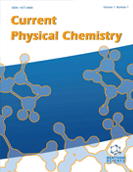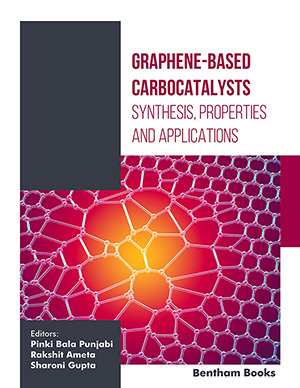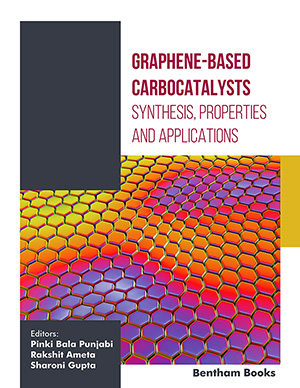Abstract
The structural properties and phase behavior of ionic networks embedded in polymer solutions are investigated using the Random Phase Approximation first introduced by de Gennes in polymer physics. The partial structure factors which are accessible by small angle neutron scattering are given in terms of the bare structure factors expressing the architecture of the polymer species and the interactions combining both excluded volume and long range electrostatic effects. It is found that the polyelectrolyte behavior characterizing the cross linked ionic network is tempered by linear chains present in the solution even though they are neutral and exert only shorter range excluded volume interactions. This finding was confirmed consistently by analyzing the scattering curves under a variety of conditions. The scattering peak at a finite wave vector qm shifts to higher values both with added salt and linear chains concentrations. Analysis of the phase behavior and effective thermodynamic interactions indicates an enhanced contraction of the network as more chains are added to the solution. While electrostatic charges tend to stabilize the system, the presence of linear chains promotes deswelling and phase separation processes. This analysis was developed from the q = 0 limit for the macro phase transition and q = qm for the micro phase reminiscent of ionic systems. The phase diagram covering both transition lines indicates clearly that the linear polymer favors the phase separation on both macroscopic and microscopic scales.
Keywords: Ionic network, ionic strength, phase behavior, polyelectrolyte, structure factor, swelling.


















